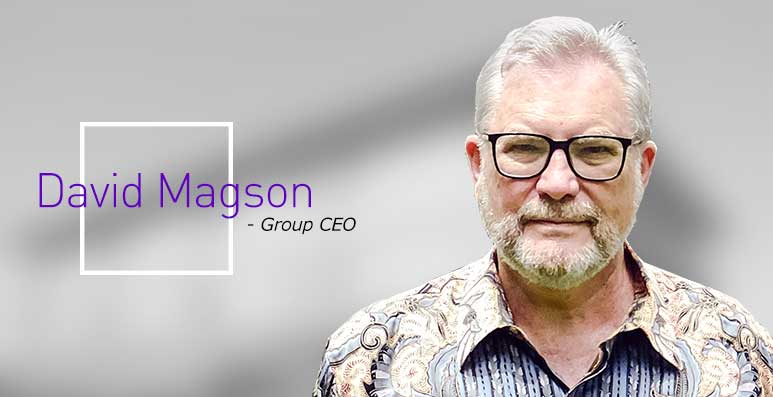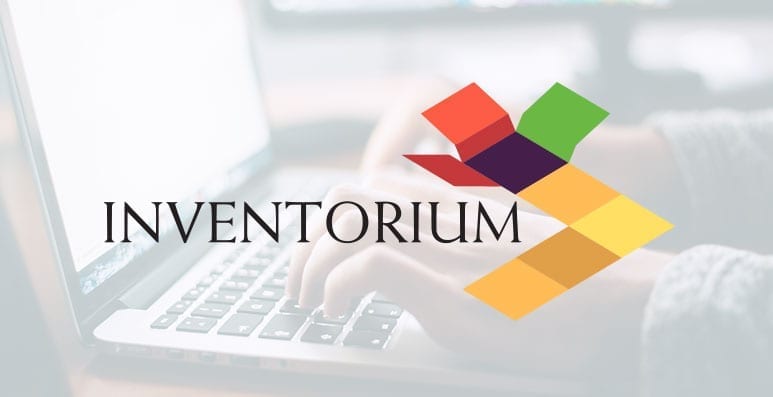
Welcome to the 2018 3rd Quarter Mitrais newsletter!
In this issue we are featuring Inventorium in Mitrais’ success story, creating a revolutionary and vibrant education system for the 21st century.
As a software development company, we continuously meet and engage with clients from all backgrounds to develop and manage business relationships with remote software developers. Read out full insight on The Other Side of the Mirror – 6 Things Your Software Development Partner Needs to Remember.
At Mitrais we acknowledge the importance of meeting and exceeding our clients business objectives. To help achieve our own business objectives we continuously invest in our existing people. Get to know Rendi Akhmad, our Technology Evangelist and our featured employee for this quarter.
Lastly, get to know our developer perspective on white paper, developed to evaluate Google Flutter against native mobile development.
